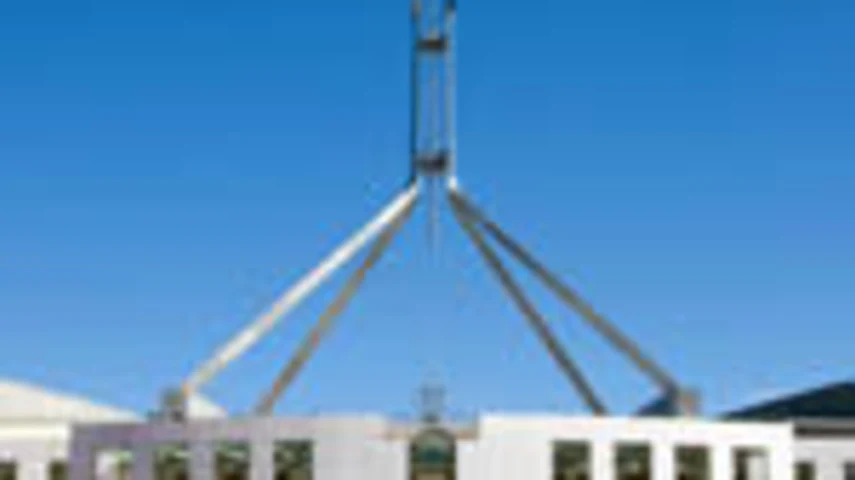Trust says WHT hike will undermine foreign investor confidence



The Government's Federal Budget proposal to double the final withholding tax rate (WHT) for foreign property investors will cast a shadow of doubt over Australia's status as a prime investment destination, according to the Trust Company (Trust).
From 1 July 2012, the managed investment trust (MIT) rate will increase from 7.5 per cent to 15 per cent under the Federal Government's budget proposal.
According to Trust, Australia's attractive WHT rate, strong Australian economy, proximity to Asia and lack of property investment alternatives in the South East Asian region have led to strong levels of foreign investment in Australian property.
According to Colliers International research, foreign investment in Australian commercial property markets increased from $1.2b in 2008 to $5.5b in 2011 after the Government lowered the WHT rate to 7.5 per cent in 2007/08, Trust stated.
Head of corporate client services for Trust Andrew Cannane said Australia's lower WHT rates under the MIT rules have been a driver of foreign investment - albeit, not the only one. He said changing the rate would undermine the confidence of foreign investors accustomed to a regionally competitive tax regime.
Trust has dealt with regional players who buy asset portfolios, often with a large proportion in Australia, to be repackaged and listed on a foreign stock exchange, Cannane said.
Trust expects Real Estate Investment Trust (REIT) sponsors to determine which regional stock exchange will give them the most favourable platform and proposition to list their REIT on that exchange in the future, he said.
Investors sought Australian property for a host of reasons, including the availability of well-leased quality stock, gross domestic product growth, and commercial leases indexed to inflation indexation, Cannane said.
Australia's structural infrastructure integrity and adherence to law - particularly property rights - transparency and stable government, place the country ahead of regional competitors in the property market, he said.
Recommended for you
Ethical super fund Australian Ethical has announced the appointment of Anthony Lane as chief operating officer.
The structural shift towards active ETFs will reshape the asset management industry, according to McKinsey, and financial advisers will be a key group for managers to focus their distribution.
ASIC has warned that practices across the $200 billion private credit market are inconsistent and, in some cases, require serious improvement.
A surge in electricity prices has driven the monthly Consumer Price Index to its highest level in a year, exceeding forecasts.










